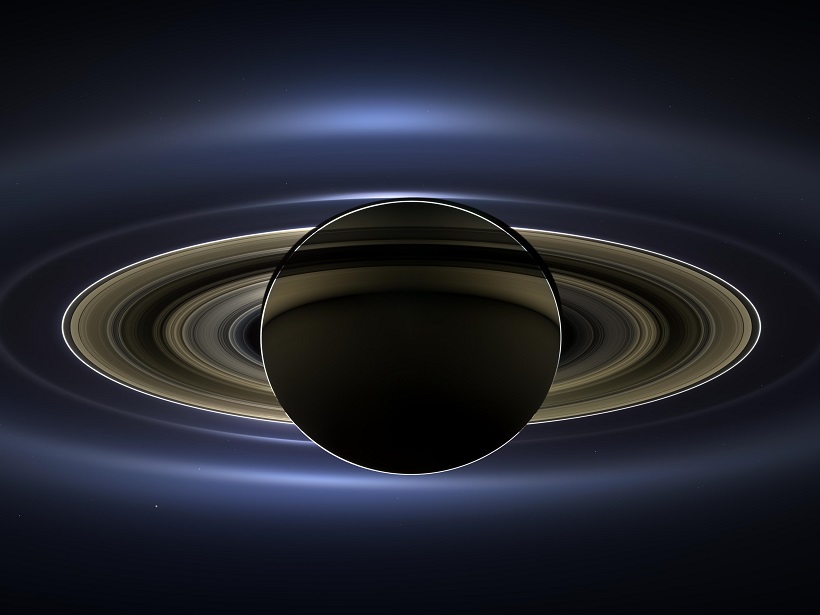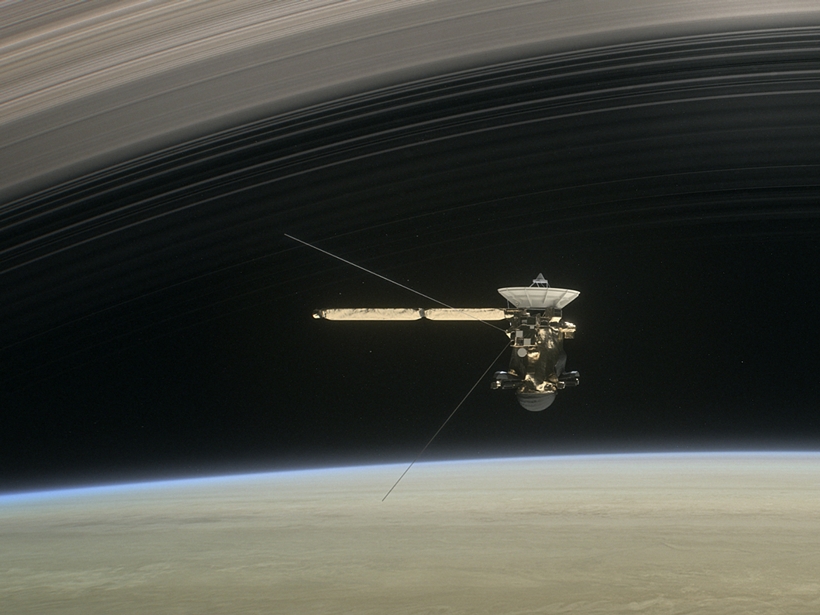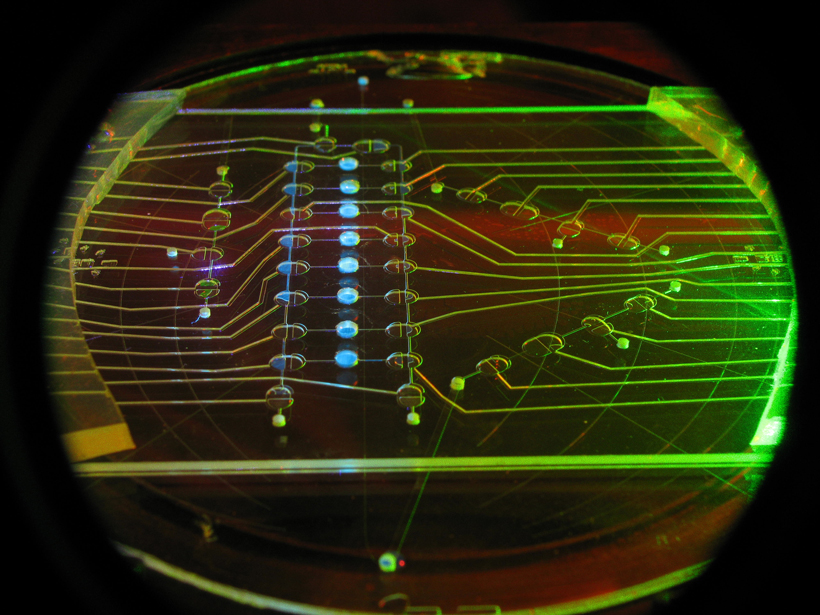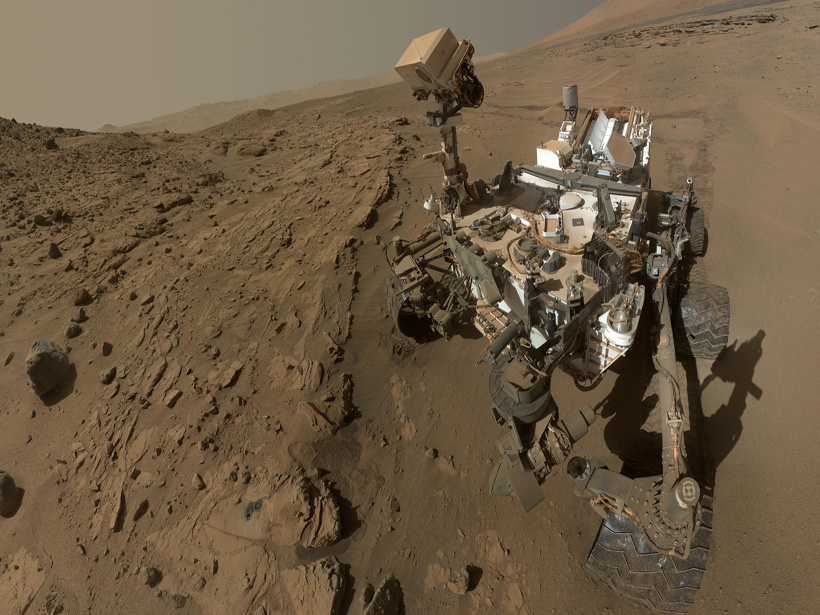With over 750 papers published in AGU journals based on Cassini-Huygens mission data, three editors select some of the most noteworthy.
spacecraft
Cassini Plunges into Saturn, Ends a 20-Year Mission
NASA’s Jet Propulsion Laboratory streamed the spacecraft’s final moments live, allowing the public to listen to the mission’s end.
A Wealth of Science to Come During Cassini’s Final Orbits
NASA’s spacecraft will continue to unlock Saturn’s mysteries up until the moment it burns up in Saturn’s atmosphere.
Saturn Unveiled: Ten Notable Findings from Cassini-Huygens
The soon-to-end NASA mission to Saturn changed the way we think of habitability beyond Earth, opened our eyes to dynamics in the gas giant’s atmosphere, and more.
Curiosity Spies Shifting Sands on Mars
Images from the rover’s pioneering encounter with sand dunes on Mars constrain wind speeds required to move sand in the thin Martian atmosphere.
Instrument Development Enables Planetary Exploration
Third International Workshop on Instrumentation for Planetary Missions; Pasadena, California, 24–27 October 2016
Close Encounter with Jupiter
First results from the Juno mission shed new light on Jupiter’s atmosphere, gravity, magnetic field, aurora, history, and more.
Insights into the Habitability of Mars
NASA’s Curiosity rover explored the Kimberley region of Mars to search for signs that the planet was once habitable.
Spacecraft Returns Its First Data on Martian Solar Irradiance
Scientists demonstrate the capabilities and limitations of the mathematical model used to calculate solar irradiance using measurements from NASA’s Mars Atmosphere and Volatile Evolution (MAVEN).
What to Expect from Cassini's Final Views of Titan
Cassini will fly close to Saturn's largest moon one last time. Here's a look back at what the spacecraft has revealed and ahead to scientists' final close glimpses of the moon.










